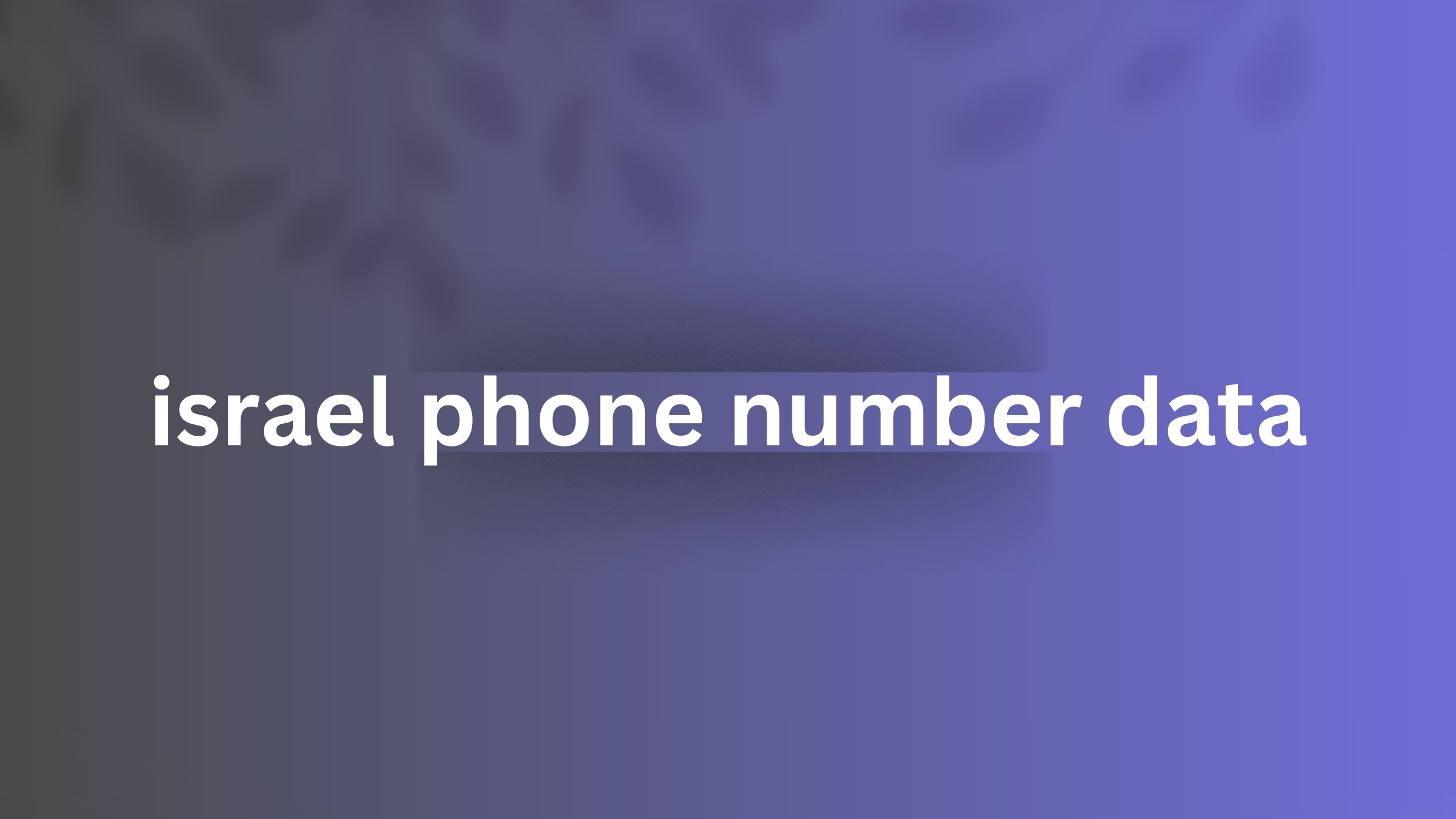We live in an era of rapid globalization and digital innovation, where businesses are feeling a growing need for cost-effective and accurate translations. Translation becomes more vital as businesses expand their reach across diverse linguistic regions. In response to this growing demand, machine translation (MT) has emerged as a transformative tool, offering instant translations at scale.
While machine translation engines have made significant strides in recent years, they still fall short in understanding nuanced and complex human language. This is where Machine Translation Post Editing (MTPE) plays a dynamic role in translation, providing an essential tool for businesses venturing into diverse linguistic regions.
This article presents a comprehensive guide for harnessing the power of MTPE in translation. By understanding the importance and potential of MTPE, businesses, and professional translators can make informed decisions and effectively utilize this essential tool in their translation projects.
Table of Contents
What is MTPE Machine Translation Post Editing
Machine Translation Post-editing is a process used in translation to enhance the quality of machine-generated translations. It involves professional translators reviewing and correcting translations produced by a machine translation engine.
Here’s how the process generally works:
1. Machine translation (MT): MT engines automatically translate the source text into the target language. While these translations have made recent advancements, they may produce a raw machine translation that may contain errors or lack fluency, especially when working with complex linguistic nuances, cultural references, or specialized terminology.
2. Post-editing: post-editing israel phone number data services are provided after the MT phase. Human translators, called post editors, review the output to ensure accuracy, coherence, and naturalness. Post editors correct any errors, improve the flow and readability of the text, and adapt it to the target audience’s cultural and linguistic preferences. This process is also called Machine translation post-editing MTPE.
What are the Benefits of Using MTPE?
Machine translation post-editing (MTPE) offers several benefits, including the following:
Efficiency: MTPE reduces the time and effort required for human translation, resulting in faster turnaround times for translation projects.
Cost-effective process: compared to traditional human translation, MTPE can be more cost-effective, especially for large volumes of text. The method combines the speed of machine translation with the quality assurance of human editing.
Consistency: MTPE allows for the use of translation memories and glossaries to maintain consistency across translations. This ensures that terminology and style are uniform throughout the text.
MT vs MTPE
Machine Translation (MT) and Machine Translation Post Editing (MTPE) are two different approaches to translation.
Machine Translation (MT) automatically translates text from a source language into a target language using computer software. The process does not use the direct involvement of human translators to translate text.
MT engines analyze the source text and generate translations based on pre-existing algorithms, linguistic rules, and databases of language patterns. While MT can be fast and cost-effective for producing translations, the quality may vary. In addition, the Machine Translation output usually requires human translators to correct errors, improve fluency, and ensure accuracy.
On the other hand, Machine define the budget Translation Post Editing (MTPE) is the process of reviewing and refining machine-generated translations by human translators, referred to as post-editors.
After the MT engine produces the initial translation, post-editors carefully review the text to correct errors, improve coherence and readability, and adapt the translation to meet the target audience’s specific linguistic and cultural requirements.
MTPE aims to enhance the quality of machine-generated translations by combining the efficiency of machine translation MT with the expertise of human translators.
Best Practices of MTPE
Here are some of the best practices a company can follow to ensure the best outcome when using MTPE:
Ensure text is clear: the original text must be as accurate and error-free as possible. The MT will put this into its output text if it contains awkward sentences or incorrect grammar. Ensuring clean text is essential in specialized terminology, transcriptions, and subtitling.
Choose the right translation management software (TMS) for the project: Many machine translation engines, such as Google Translate and Microsoft Translator, are available today. However, using a TMS that also includes the localization process is essential. The process may also include CAT tools that can help with post-editing work.
Set a clear tone and editorial guidelines: create clear guidelines for tone of voice and editorial guidelines to ensure a successful translation project. Define the appropriate tone (formal, informal, technical, casual) to ensure it correctly fits the target audience. Create specific instructions regarding preferred language usage, sentence structure, and formatting conventions to guide the post-editing process effectively.
Continuously evaluate performance: This will ensure ongoing improvement and optimization of MTPE processes. By incorporating continuous performance evaluation into the MTPE workflow, it’s possible to ensure that the process remains dynamic and adaptable to evolving needs and challenges. It also fosters ongoing improvement, innovation, and excellence in machine translation outputs.
Concluding Thoughts
Machine Translation Post-editing (MTPE) stands out as a transformative approach. This method uses the efficiency of MT and the accuracy and expertise of human translators.
As we look to the future, MTPE’s potential remains boundless. Its capabilities are poised to evolve and expand even further, considering future advancements in ML technology, natural language processing, and collaborative technologies.
By embracing MTPE as a translation strategy, companies can position themselves for success in an increasingly interconnected and multilingual world.
Language Support in Video Games: Enhancing the Gaming Experience
Difference Between a Language and a Dialect
Better Translation, Better Sales: Essential Tips for Translating E-Commerce
Precision in Meaning: Specialized Translation for Industry
Translation Excellence: The Role of MT Quality Estimation
Global Accessibility: The Role of Subtitles and Captions in Media
The Difference Between SLV and MLV in Localization
From Local to Global: The Journey of Internationalisation
Unlocking Global Markets with SEO Translation
Adapt or Fail: Why Localization Strategies Are Vital For Global Success
The Pandemic’s Impact on Translation Industry
Navigating Cultural Resonance Through Transcreation
What is MTPE Machine Translation Post
MTPE involves refining translations generated by machine translation engines through human editing, whereas traditional translation is entirely done by humans. MTPE combines the efficiency of machine translation with the accuracy and fluency of human editing.
What types of content are suitable for MTPE?
MTPE is suitable for a wide range egypt data of content types, including technical documents, marketing materials, website content, and customer support resources. It’s particularly effective for content that requires fast turnaround times and cost efficiency without compromising quality.
How do you ensure the quality of MTPE outputs?
Quality assurance measures such as thorough review by experienced post editors, adherence to editorial guidelines, and leveraging translation memories and glossaries help ensure the accuracy and consistency of MTPE outputs. Continuous feedback and improvement processes further enhance quality over time.
Can MTPE handle highly specialized or sensitive content?
Yes, MTPE can handle specialized and sensitive content, provided that post-editors possess the necessary expertise and discretion to address specific terminology, context, and cultural nuances. Clear communication between clients and post editors ensures that complex information is handled correctly.
What are the cost and time considerations for MTPE projects?
The cost of MTPE projects varies depending on factors such as the complexity of the content, language pairs involved, and desired quality standards. While MTPE can offer cost savings compared to traditional human translation, it’s essential to balance cost considerations with quality requirements. Turnaround times for MTPE projects are typically faster than traditional translation; however, they may vary depending on the volume and how complex the content is.

